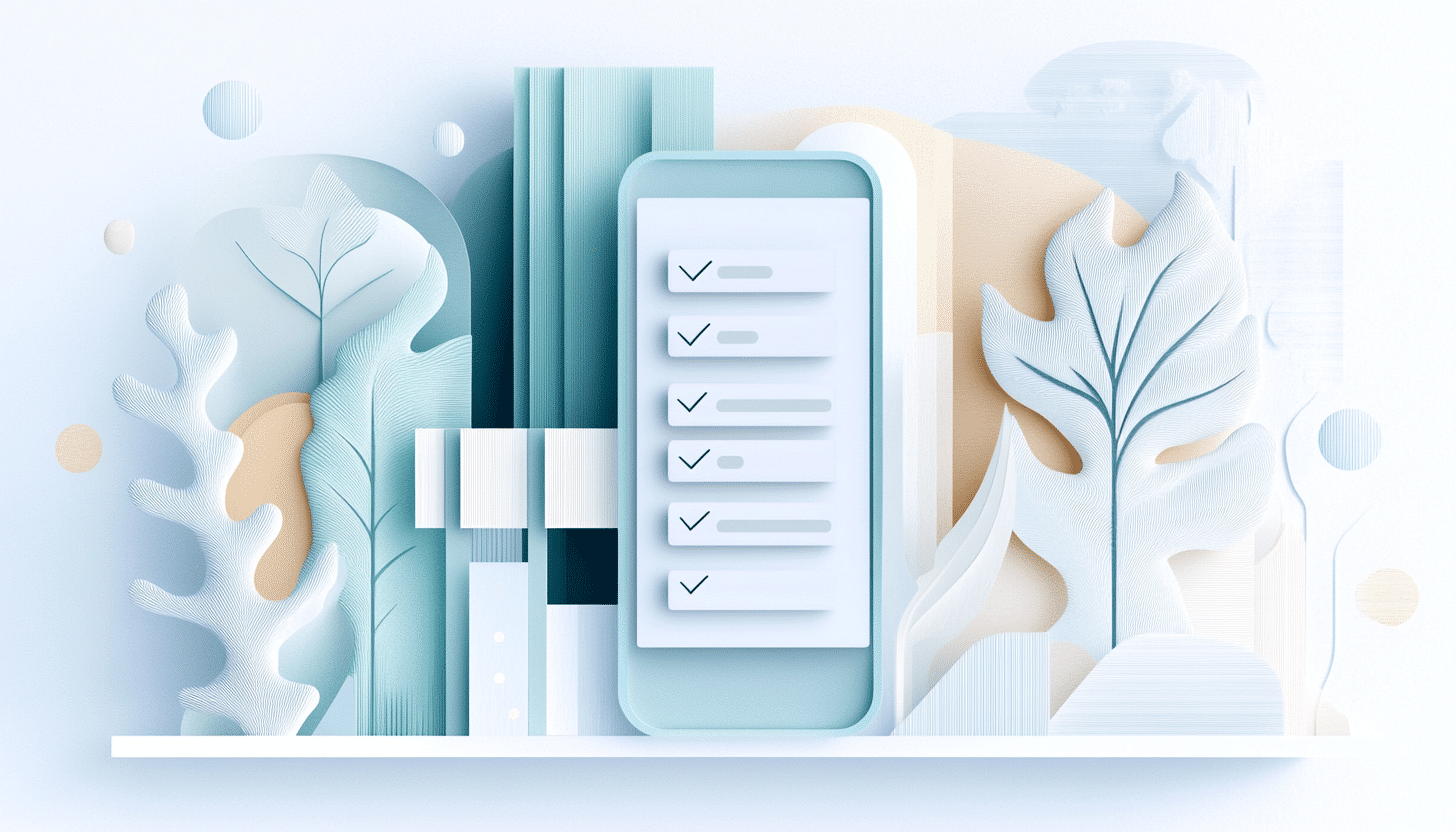What is Top 8 Challenge Day?
Top 8 Challenge Day is held every year on August 8 in Australia. This day raises awareness for people living with eosinophilic gastrointestinal disorders (EGIDs), particularly those who must avoid the top eight most common food allergens. The challenge invites participants to avoid these allergens for one day to better understand the daily realities of people with EGIDs. The day is organized as part of National EOS Awareness Week and supported by the Australian charity ausEE Inc. It shines a light on the serious effects of food allergies and the strict diets that come with them.
Participants are asked to remove milk, egg, wheat, soy, peanut, tree nuts, shellfish, and fish from their meals. By doing so, they gain insight into the difficulties of food preparation, limited choices, and the emotional impact of food restrictions. The day also raises funds for research and education about EGIDs. In Australia, schools, workplaces, and households take part by sharing meals that exclude these allergens. Online, people post photos, recipes, and facts to support the cause.
History and Origin
Top 8 Challenge Day was first introduced in Australia by ausEE Inc., a nonprofit organization supporting families affected by EGIDs. The challenge began as a campaign to show how limited life can be when managing multiple food allergies. It quickly became a yearly event linked to National EOS Awareness Week. Since its launch, it has helped increase public understanding of EGIDs and improve support for affected families.
The top eight allergens were chosen because they are the most common triggers for allergic reactions in Australia. While every individual with EGID may have different triggers, these eight represent the most frequently avoided foods. The challenge reflects real-life experiences and creates opportunities for discussion. Many who take part express surprise at how difficult it is to find suitable food. The act of removing these allergens, even for a day, brings greater empathy.
Over the years, participation in Australia has grown through social media, school projects, and fundraising events. The day also allows families to feel seen and supported in a world that often overlooks rare conditions. Although the event is rooted in Australia, international interest has increased online. However, the core structure and recognition of the day remain within Australia.
Who participates in Top 8 Challenge Day?
- Families with EGIDs: These families use the day to raise awareness and share their everyday experiences with others.
- Schools and educators: Many Australian schools run food allergy awareness activities and teach students about EGIDs.
- Healthcare providers: Dietitians and allergy specialists support the day by offering information and practical tips.
- Food allergy advocates: Activists and bloggers share stories and resources to spread the message further.
- Supporters and friends: People without EGIDs join the challenge to show solidarity and learn more about these conditions.
Slogans and Themes
Each year, Top 8 Challenge Day includes a simple theme that promotes inclusion, understanding, and safety. Past slogans have focused on sharing meals without allergens and supporting people with restricted diets. These messages aim to encourage conversation, reduce stigma, and build support for better healthcare. The theme often appears in schools and social media posts across Australia. It helps tie together the educational aspect with a sense of community and care.
Colors, Symbols and Patterns
Colors
- Orange: This color stands for food allergy awareness and is widely used during EOS Awareness Week.
- Blue: Represents health, calmness, and trust—values central to patient care and community support.
- White: Symbolizes clarity, neutrality, and the idea of “clean” eating without allergens.
Symbols
- Empty plate: Highlights the difficulty of avoiding many common foods and what it means to go without.
- Food labels: Emphasize the importance of careful checking and informed eating.
- Awareness ribbon: Often shown in orange, this connects Top 8 Challenge Day to the wider food allergy movement.
Patterns
- Ingredient checklists: Mimic real-life food packaging, reminding people to always read labels.
- Crossed-out food icons: Visually indicate which allergens are excluded in the challenge.
- Simple grid layouts: Reflect structure and control, much like the meal planning required for EGIDs.
Most used hashtags
- #Top8Challenge
- #EOSAware
- #FoodAllergyAwareness
- #AvoidThe8
- #ausEE
How do you celebrate Top 8 Challenge Day?
- Try the challenge: Remove the eight major allergens from your meals to understand what others go through every day.
- Post online: Share recipes, photos, or facts about EGIDs to spread the message on social media.
- Support fundraising: Join or organize a local event to raise money for research and support programs.
- Talk about EGIDs: Start conversations at school or work to help others learn more about this condition.
- Wear orange: Show your support by wearing the official color and explaining its meaning to others.
Why is Top 8 Challenge Day important?
Top 8 Challenge Day is important because it gives visibility to a rare but serious medical condition. Many people with EGIDs feel misunderstood or ignored. This day gives them a voice and makes their experience part of the public conversation. It helps the public understand the daily effort that goes into managing food restrictions. It also builds a bridge between those with EGIDs and those who want to support them.
The challenge is also a practical tool. It teaches empathy by encouraging people to change their eating habits for just one day. This simple act reveals how isolating and difficult such diets can be. The day sparks discussion, supports research, and brings people together. It also shows how awareness can grow when people take small but meaningful steps.
Features
August 8: Top 8 Challenge Day (Australia)
Why do you keep falling for the same type?
Read the article Lovemaps: the hidden blueprint of our love.

